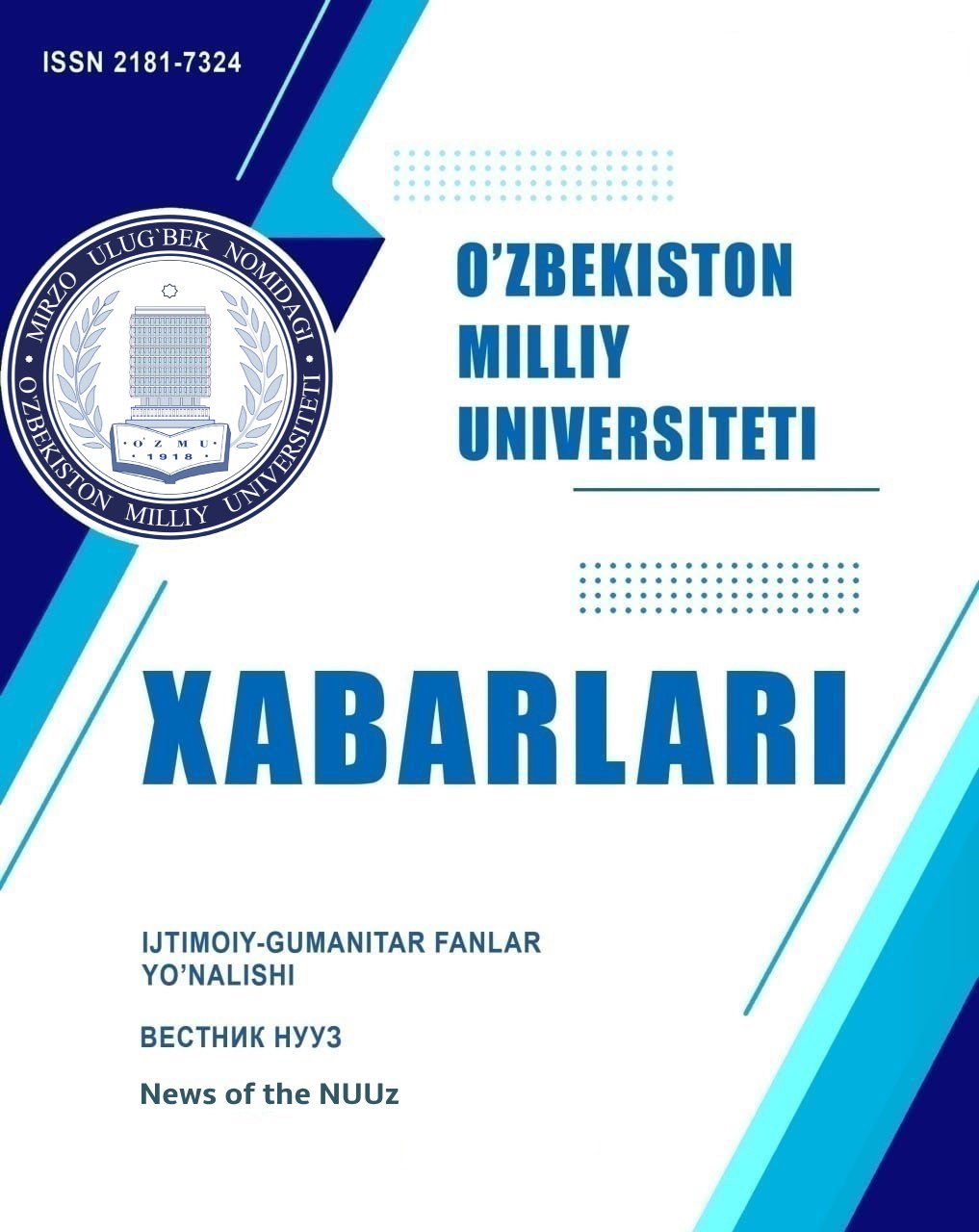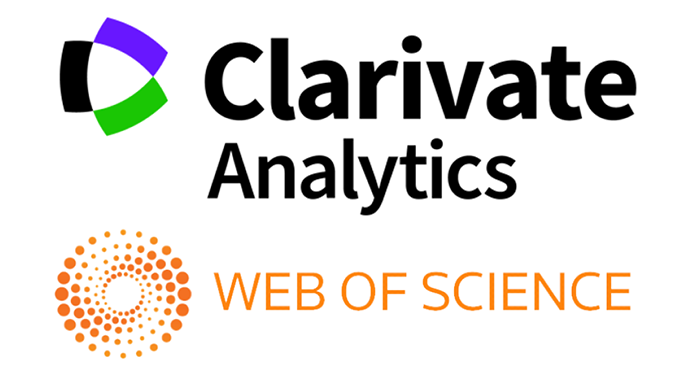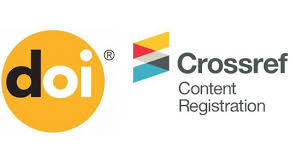THE IMPORTANCE AND RELEVANCE OF READING PROFICIENCY IN TEACHING A FOREIGN LANGUAGE BY RESEARCHES CONDUCTED IN UZBEKISTAN
Abstract
This article highlights the importance of reading proficiency in teaching foreign languages and emphasizes the significance of researches conducted and ongoing in this field. Recent studies in Uzbekistan on enhancing reading proficiency are outlined.
References
Aslanova N.X. (2023). Innovative pedagogical technologies in forming the competences of reading and text interpretation
in primary school students. PhD thes. in ped. Bukhara.
Asqarova M.A. (2020). Developing reading and comprehension skills among primary school students. PhD thes. in ped.
Namangan.
Caldwell, J. and Leslie, L. (2010) ‘Thinking aloud in expository text: Processes and outcomes’, Journal of Literacy
Research, 42(3), pp. 308–340. doi:10.1080/1086296x.2010.504419.
Elita. D, Zainil, & Radjab, D (2013). Improving Students’ Reading Comprehension of Recount Text Through Two Stay
Two Stray (TSTS) Technique. Journal of English Language Teaching. 1(2), 65-76.
Heidari, K. (2020). Critical thinking and EFL learners’ performance on textually-explicit, textually-implicit, and scriptbased reading items. Thinking Skills and Creativity. https://doi.org/10.1016/j.tsc.2020.100703.
Masharipova F.J. (2023). Enhancing the reading competence of future biology teachers based on CBI and STEM
technologies. PhD thes. in ped. Urganch.
McKnight, K. (2010). The teacher’s big book of graphic organizer. Huntington: John Miley &Sons.
Moghadam, B., Narafshan, H., Tajadini, M. (2023). The efect of implementing a critical thinking intervention program
on English language learners’ critical thinking, reading comprehension, and classroom climate. Asian Pacific Journal of
Second and Foreign Language Education. 8:15 https://doi.org/10.1186/s40862-023-00188-3.
Raphael, T. E. (1986). Teaching question answer relationship, revisited. The Reading Teacher, 39(6), 516-522.
Raphael, T. E., & AU, K. H. (2005). QAR: Enhancing comprehension and test taking across grades and content. The
reading teacher, 59(3), 206-22.
Gagen, M. (2007). Common reading problem: How to identify common reading problems and target instruction to help
struggling readers develop necessary skills. Retrieved on January 12, 2014, from http://www.righttrackreading.com
RAHMATULLAEV, M. (2024). O ‘ZBEKISTONDA OMMAVIY AXBOROT VOSITALARI FAOLIYATINING NAZARIY KONSEPTUAL ASOSLARI. News of the NUUz, 1(1.9. 1), 20-23.
Voxid, J. R. (2024). SHAXSIY VA PROFESSIONAL RIVOJLANISHDA IJTIMOIY-MADANIY KOMPONENTSIYALAR TAHLILI. News of the NUUz, 1(1.9. 1), 94-96.
RIZAYEV, A. (2024). SAUDIYA ARABISTONI MILLIY IDENTIKLIGINING DINIY PARADIGMASI. News of the NUUz, 1(1.9. 1), 24-26.
Copyright (c) 2024 News of the NUUz

This work is licensed under a Creative Commons Attribution-NonCommercial-ShareAlike 4.0 International License.


.jpg)

1.png)







